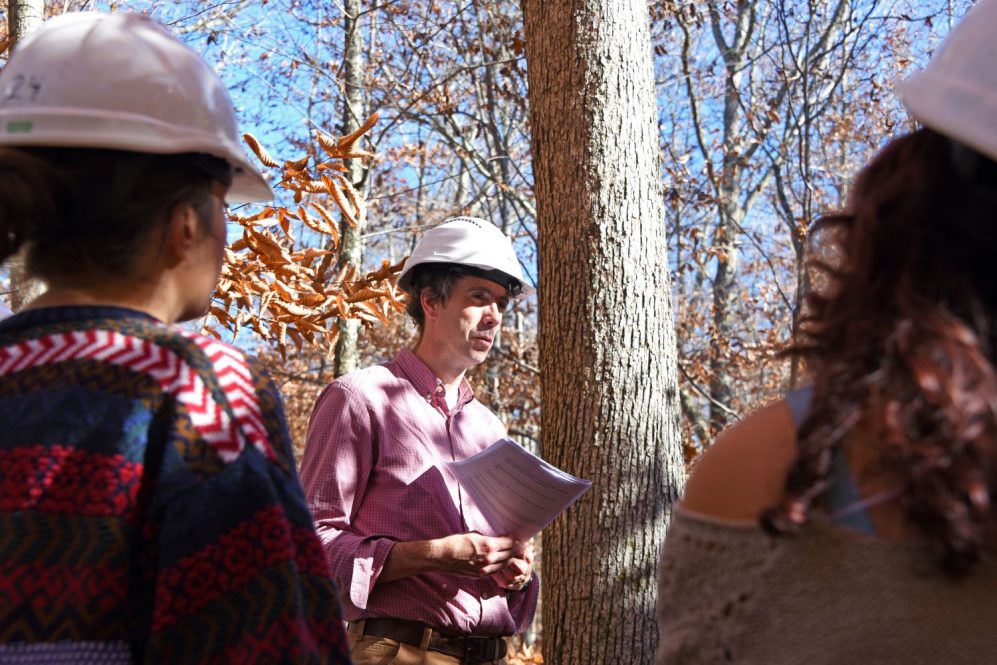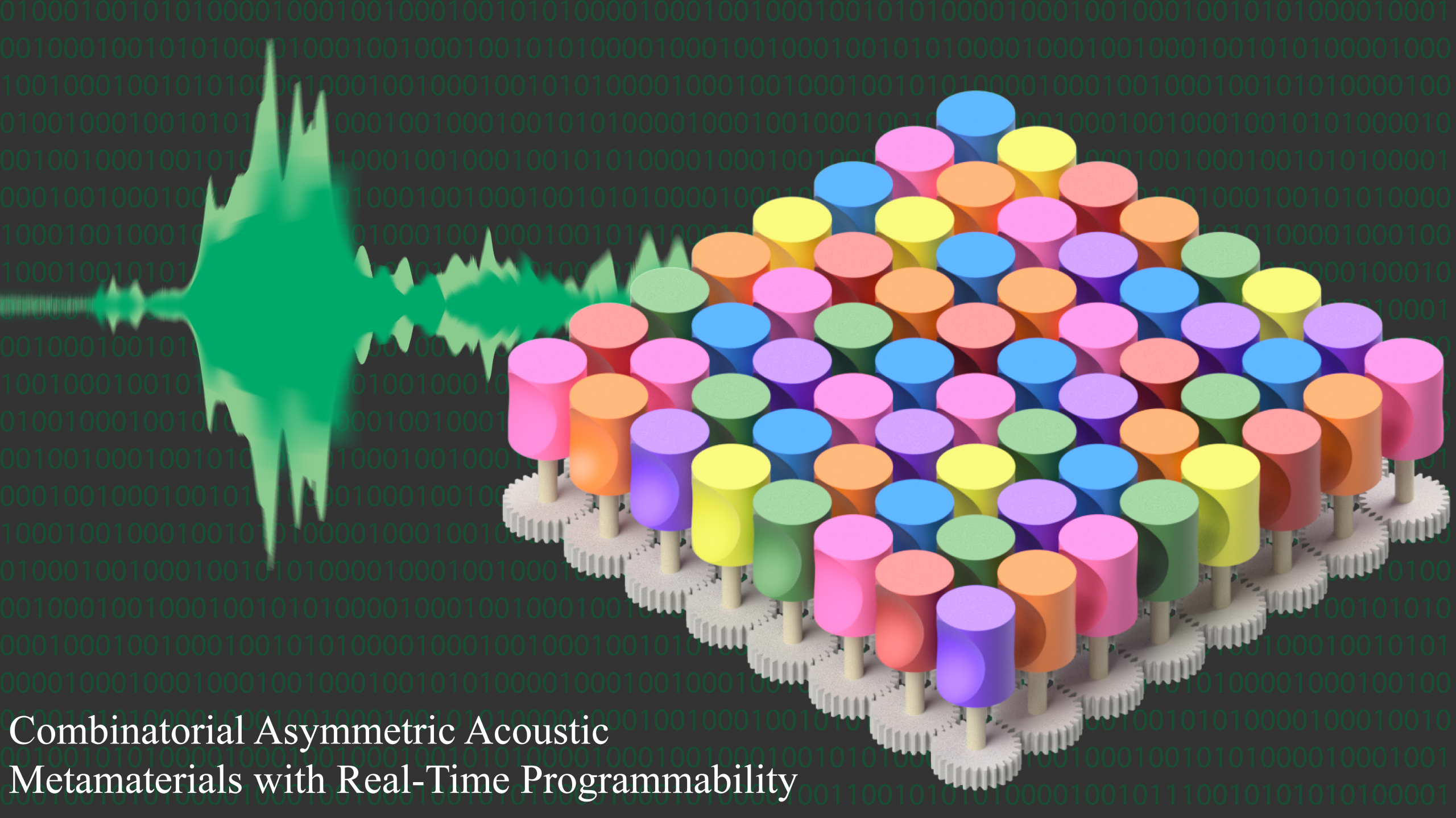The urban forestry and arboriculture program in the College of Agriculture, Health and Natural Resources is expanding to provide students with an education that will prepare them to work in this rapidly growing field.
UConn’s two programs – an Associate of Applied Science, which can be completed in two years, and a Bachelor of Science degree – address this need. Students receive training in the technical skills needed to manage trees as well as fundamental knowledge in plant science, forest ecology, arboriculture, pest management, tree identification, urban/community forestry, and business that allows them to move into higher managerial positions.
Meeting Industry and Community Need
The Associate of Applied Science major in urban forestry and arboriculture in the Ratcliffe Hicks School of Agriculture was developed in partnership with the Connecticut Tree Protective Association to address needs in the local workforce. The association noticed that, despite ample job opportunities, there were not enough qualified applicants to meet demand.
The major aspires to graduate individuals that are not just prepared for their first job in the industry, but are able to grow in responsibility throughout their career, says head of the Department of Natural Resources and the Environment, Jason Vokoun.
Connecticut is a unique environment for urban forestry because, unlike other states, our forests exist amongst and within highly populated areas, according to the program leaders.
“In Connecticut there’s no such thing as a separation between urban and traditional forestry, because we are a state where people live everywhere within the forest, and it’s just a gradation of how urbanized an area is,” says Robert Fahey, George F. Cloutier Professor of Forestry.
In the Bachelor of Science program, undergraduate students pursue the forest resources track, gaining an in-depth knowledge of both urban and traditional forestry, preparing them to work in a wider variety of forestry careers. The program also teaches students geospatial technology skills, including GPS-aided data collection, GIS digital mapping, and remote sensing of forests from satellites and drones to ensure they’re familiar with the latest technology and techniques.
A Growth Industry, in More Ways Than One
The issues that arise from having trees growing close to human infrastructure and the massive investment in urban environmental issues by the federal government, which allocated $1.5 billion to the U.S. Forest Service’s Urban and Community Forestry Program in the Inflation Reduction Act, make urban forestry and arboriculture one of the fastest growing economic sectors in Connecticut. This means new jobs across the state.
“It’s great for UConn and it’s also great for the Connecticut,” Fahey says. “[It will] help build big partnerships between UConn and state and nonprofit stakeholders. This is a really exciting time in terms of urban forestry in Connecticut.”
Fahey also leads the Stormwise project with the Eversource Energy Center, which focuses on managing trees near powerlines and increasing forests’ resilience to severe storms due to changing climate.
‘I Was Able to Start Working in the Field Pretty Much Immediately’
Levon Bigelow Jr. ‘23 (CAHNR) is completing his master’s degree in natural resources and the environment. He works with Fahey studying street trees in large cities, like Philadelphia and New York. Bigelow studies how these trees change over time in terms of species composition, size, and age. He is also looking at what factors influence street tree mortality.
While working on his degree, Bigelow interned with the Connecticut Department of Energy and Environmental Protection, where he helped implement grants for tree planting and events.
“It was really valuable to learn what goes into coordinating grant projects that allow communities to better manage and steward their urban forests through financial assistance offered at the government level,” Bigelow says.
Bigelow is now translating this work to his job with the New Jersey Department of Environmental Protection’s Urban and Community Forestry Program. In this role, he is coordinating and reviewing grants, conducting field inspections, corresponding with communities, and engaging in outreach and engagement events.
“I was able to start working in the field pretty much immediately, and that was amazing,” Bigelow says. “That is definitely due to this degree and all the things I’ve learned here at UConn. It really facilitated my career development and placement.”
An Expanding Program
UConn recently hired new faculty to continue growing the programs. Cynnamon Dobbs joined as an assistant professor of urban and community forestry in fall 2022. Dobbs’ research takes a sociological approach to studying the relationships between forests and community, and how individuals and communities impact and benefit from forests.
Dobbs is hoping to focus on Connecticut’s underserved, primarily Hispanic populations in urban areas like Hartford and Willimantic. Dobbs is interested in studying benefits like job creation in urban forestry for marginalized populations, and climate change mitigation for these communities in Connecticut.
Mayra Ivelisse Rodríguez González, assistant educator with UConn Extension, also recently joined the College, and is based at UConn Hartford. Rodríguez is an urban social ecologist who holds a Ph.D. in forestry and natural resources. She helps city agencies and organizations improve natural resource management and address environmental injustice in their communities.
“We want to make sure we’re truly doing something for everybody,” Dobbs says.
By working in these communities, program leaders also hope they will see a correlating uptick in enrollment of underrepresented, urban students in these degree programs who then enter the local workforce.
“They have knowledge of that system, that’s their system, they have a deep understanding of it,” Fahey says. “And we can give them some of the training, skills, and background knowledge to go back into their communities and make a difference.”
This work relates to CAHNR’s Strategic Vision area focused on Fostering Sustainable Landscapes at the Urban-Rural Interface and Promoting Diversity, Equity, Inclusion and Justice.
Follow UConn CAHNR on social media



